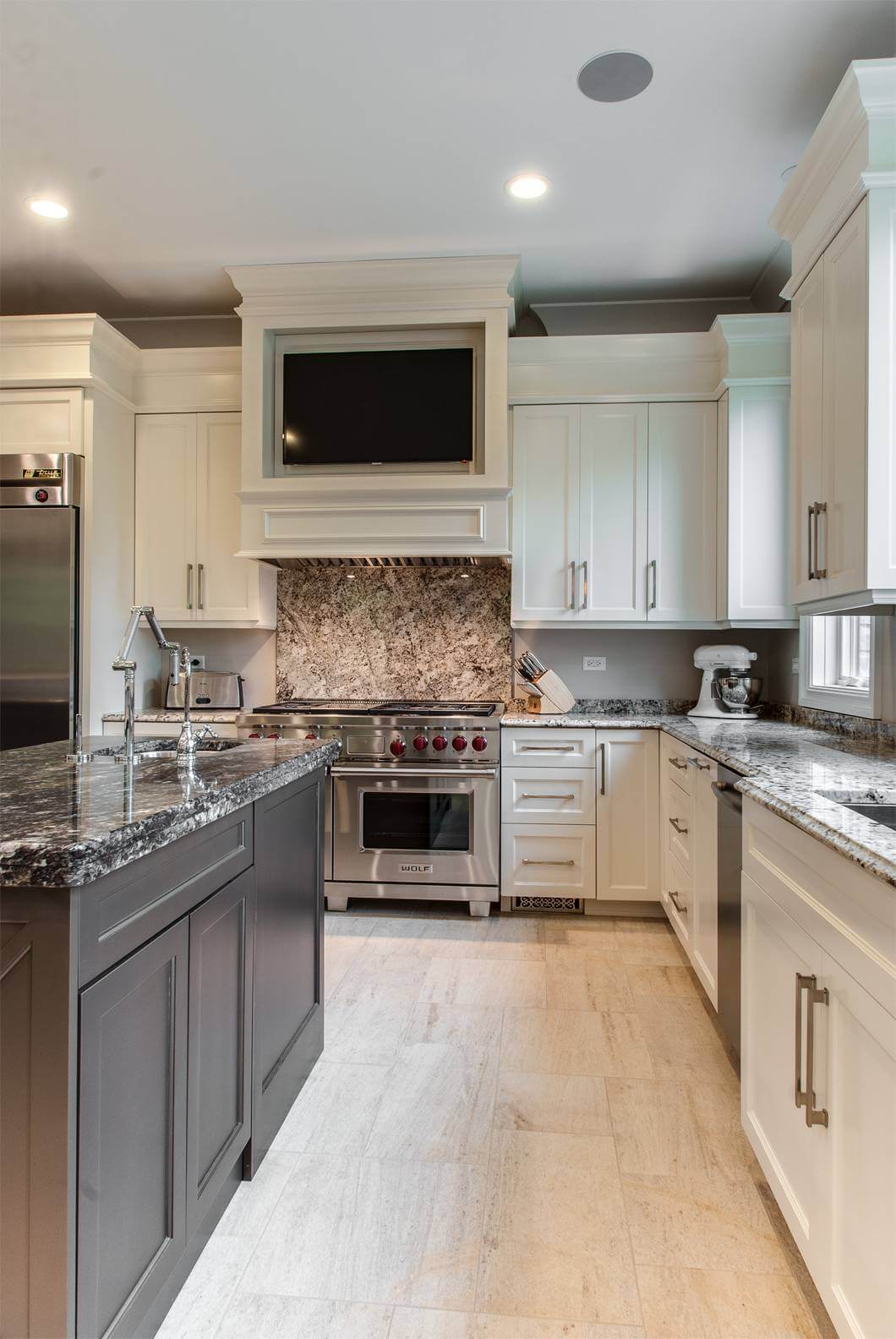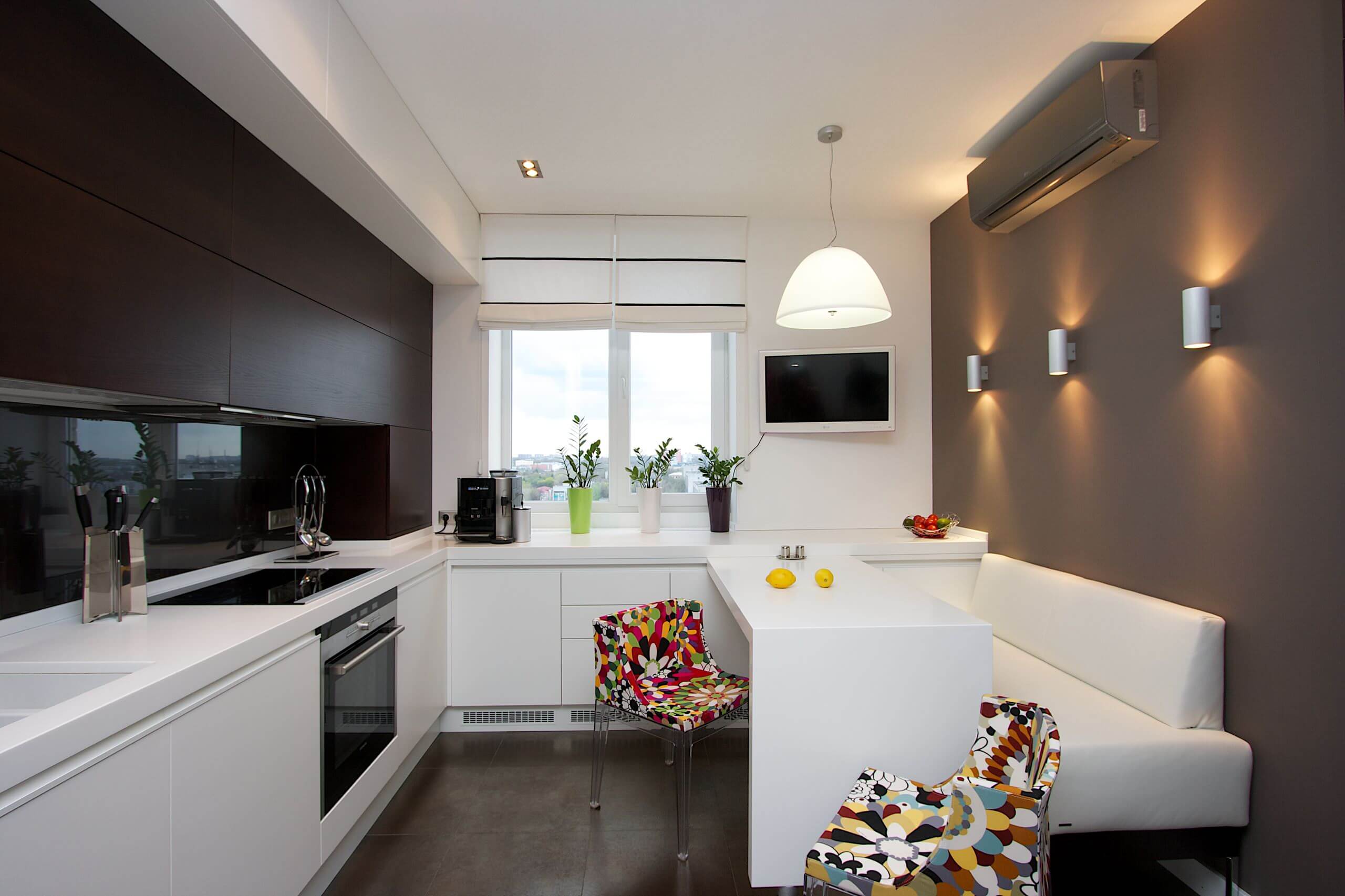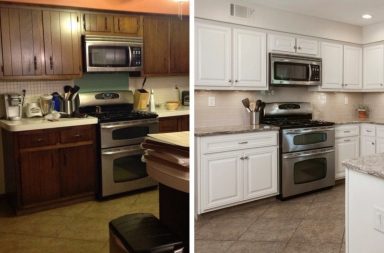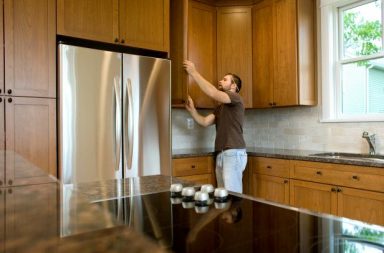Upgrade Your Cooking Comfort with a Kitchen Television
Getting a TV installed in your kitchen for recipes or leisure viewing while you cook doesn’t have to be a horrifying ordeal. Be sure to read this before starting your own TV wall mount. There are some essential questions you will need to ask yourself, and equipped with the answers you can proceed to your DIY project. The important factors are:
- What is the purpose of the TV?
- Have you picked a location where the TV will be safe from the moisture and heat of the kitchen?
- Do you intend to install in a recess, or wall mount a TV?
- If wall mounted, do you want the TV stabilized or on a swiveling arm for repositioning?
- If you want to mount a TV on the wall, do you know where the studs are?
- What do you plan to watch on the TV?
- If you intend to watch cable, do you want to have your cable retrofitted to emerge behind your new kitchen TV or make use of a wireless option?
Let’s walk through the common answers to these.

Location, Location, Location
Determining the size of the television for kitchen use as well as its intended purpose is where we start. A small enough unit which is primarily meant to behave as some white noise while you cook or go through your morning coffee routine could be consigned to a smaller space out of the way. If your layout permits an under cabinet television for news or morning shows in a recess, this may be the best setup for your purposes.
If the TV should feature more prominently as a family viewing set for breakfast or meals, then a higher location should be considered for best visibility. If you have a larger set that you want to place on an expanse of wall, then a mount will almost certainly be required.
Important note: Whether your TV is going into an open space or will be semi-closeted, you should consider concealing all of the various technology connected to it. You can run line through the backs of your kitchen cabinets in order to house a cable box or WiFi router.
With the rise of small and discrete routers, you may consider placing something like an eero router somewhere out of the way in the kitchen. Then your (wireless) TV can receive signal from it and reduce your cord kludge. Other products like the Chromecast or Amazon Fire will work as well.
Another way to go is utilizing wall-mounted conduits or snake trays to conceal cables to the TV in a relatively appealing fashion. If you are considering installing your TV with power outlets nicely hidden within the wall, please consider first that you would likely be violating NEC safety regulations which could void your home insurance. While installing electrical outlets in your kitchen is outside the scope of this DIY project article, you can check out some easy-to-follow steps on it here.
Preparation for Install
Now that you know your desired installation layout, it’s time to get some prep work out of the way. You can save yourself a lot of double work (and potential heartache) by going through a dry assembly of your TV with its associated brackets. The manufacturer’s instructions should take you through the process of getting it all attached. If you discover that you are missing any components this is an ideal time to get them replaced.
It’s recommended to avoid buying your wall mount until you are familiar with whether you will be installing in studs or not. The reasoning here is to avoid having to return your particular mount if it doesn’t line up just right with your stud configuration. Once you are confident that the TV and bracketing are squared away, it’s time to approach installation. Check out Part 2 of this series at DIY TV Wall Mount: Install a TV in the Kitchen Part 2.


